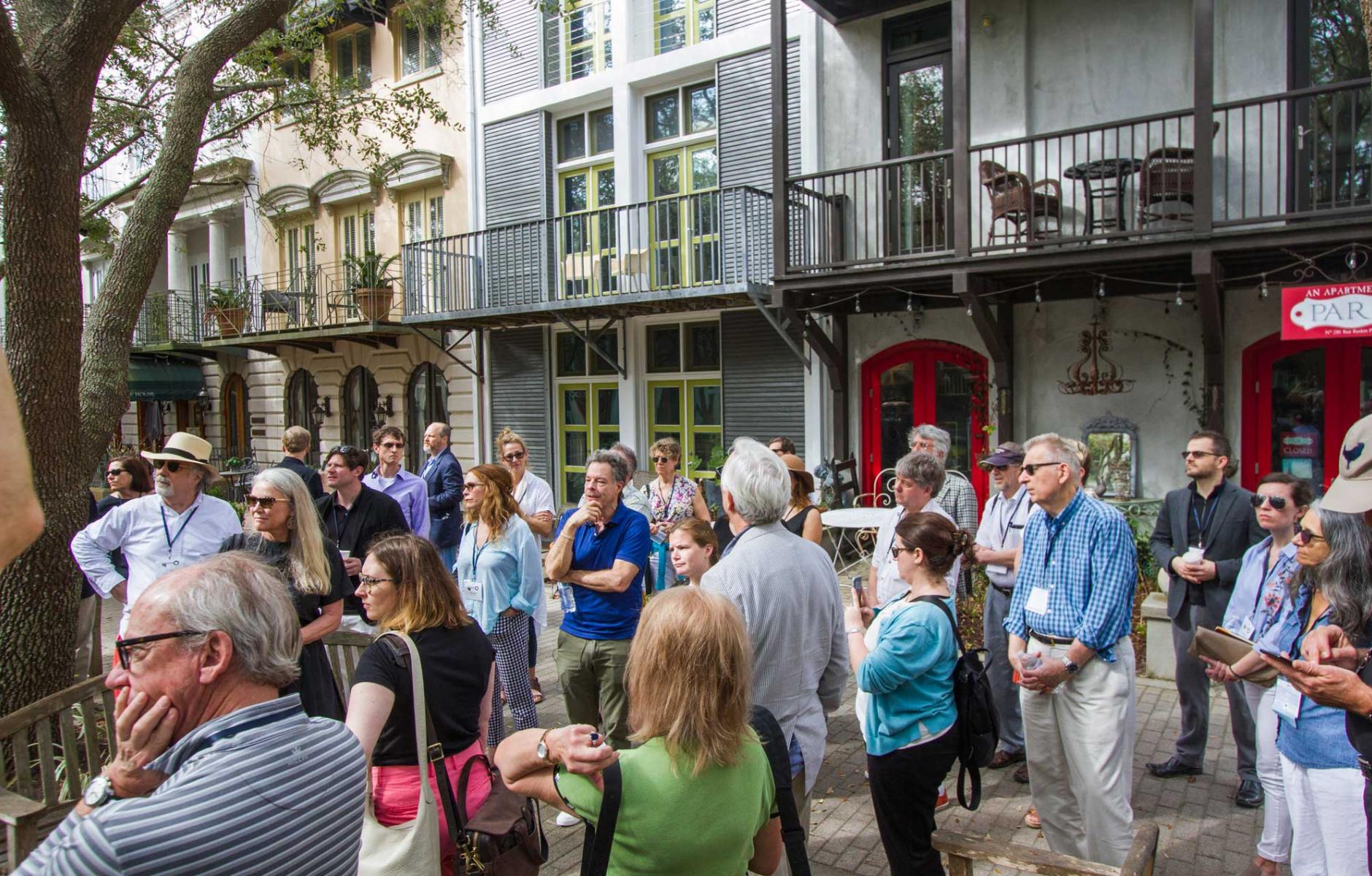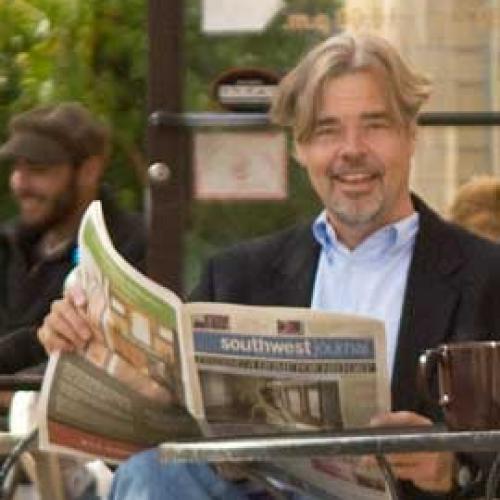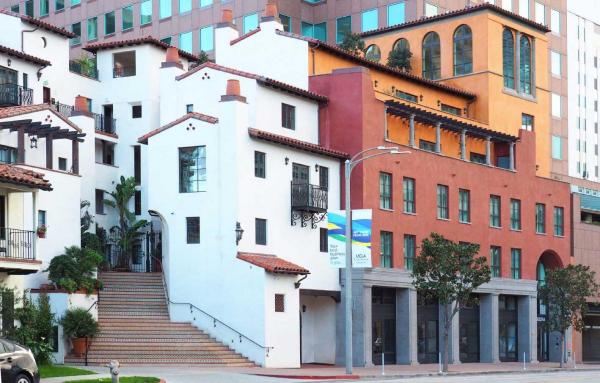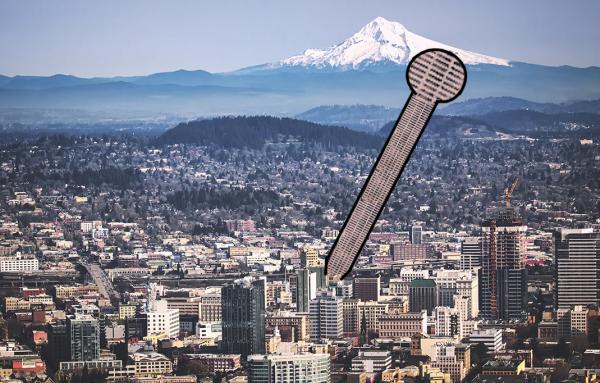
How a Florida beach town changed how we live
Note: Jay Walljasper, champion of walkable communities and former editor of Utne Magazine, died a few months ago. Jay wrote a number of articles published for Public Square over the years, including this one on Seaside, Florida.
A town built from scratch in the 1980s ignited a revolution in how we design and build communities. With pedestrian-friendly streets, congenial gathering spots and appealing traditional architecture, Seaside on Florida’s Panhandle proves we can build new places with the qualities we love about classic neighborhoods—a notion once considered an impossible dream.
Cities and towns coast-to-coast have been inspired by Seaside’s innovations. New districts teeming with loft buildings and bustling street life rise out of vacant urban land from Portland, Oregon to Eau Claire, Wisconsin. New developments characterized by lively public spaces and neighborly connections have been built in sprawling suburbs from Longmont, Colorado, to Gaithersburg, Maryland. Appealing affordable housing meets urgent needs from San Francisco to Tavernier Key, Florida.
Architects and urbanist from around the country recently cataloged a lengthy list of breakthroughs which were pioneered, rediscovered or popularized in Seaside. They were in town to honor this year’s winners of the Seaside Prize for achievement in designing communities, sponsored by the Seaside Institute.

12 ways Seaside changed history
- Walkability: Seaside stands as one of the first newly-built communities since the 1920s to accommodate pedestrians—thanks to traffic calming, small lot sizes and shared-space streets where people on foot, bike and cars co-exist.
- Mixed-use development: A fresh approach to urban planning which recognizes that a healthy mix of live/work/play activities enlivens a community.
- New Urbanism: An design movement restoring key urban features like street life, local businesses and neighborly gathering spots to modern life.
- Compact communities: The realization that living close to shopping, services, recreation and your neighbors fosters lively social connections as well as saving time, money and stress.
- Traditional neighborhood design: The resurrection of enduring design elements that define the character of places we love from Santa Fe to New England villages, but which were outlawed under most 20th Century zoning codes.
- Urban village: Boosting everyone’s sense of community and personal ease with a town center where people can meet most everyday needs within a 5- to 15- minute stroll.
- Traditional affordable housing: A revival of overlooked practices that sprinkle lower-income homes into neighborhoods, including small houses, apartments tucked above shops, and backyard granny flats (also known as accessory dwelling units, or ADUs.)
- Natural sustainable landscaping: Instead of planting yards with grass, using native plants that require minimal water and provide shade that keeps houses cooler (also known as xeriscapes).
- Public space and commons: Setting aside natural or community amenities to be enjoyed together rather than hidden behind someone’s backyard fence—a trademark of great 19th Century designers but largely forgotten until recently.
- Form-based codes: A 21st Century approach to zoning that ensures safe, stable communities but also fosters the essential ingredients for vibrant place—flexibility and evolution—by paying attention to the physical characteristics of buildings, not just how they will be used.
- Incremental development: Building a new community a few blocks at a time—rather than all at once—which opens opportunities to improve and refine plans based on real-lived experience.
- A town, not a development: The Florida real estate industry was shocked when Seaside developer Robert Davis gambled on creating an entire beachfront community, not just a strip of condos on the water.
Birth of an historic beach town
Seaside was greeted with deep skepticism when it began to take shape on the sugar-white sands of the Florida panhandle. “People would stop and ask what’s going on here?” recalled architect Tom Christ. “I would point north and say this is going to become a town with a church, school, and shops over the next twenty-five years!”
“Good luck with that, they’d say,” added Christ, who went on to design 85 of the buildings in town.
Seaside’s look and feel was forged during a scouting expedition through old towns of the South with Robert Davis behind the wheel of a red convertible accompanied by designers Andres Duany and Elizabeth Plater-Zyberk, co-founders of the Arquitectonica architecture firm (famous for a building featured in the title sequence of the old Miami Vicetelevision show). The pair had just launched the DPZ planning and architecture firm, and based on this tour would formulate the influential Seaside Code, which shaped the unique character of this town and many others to follow.
Seaside’s Central Square was inspired by Savannah, Ruskin Place by New Orleans, the Lyceum by the University of Virginia in Charlottesville and neighborhoods on the north side of town by Charleston, South Carolina, explained Derrick W. Smith, another of a troupe of young architects that oversaw the early construction of Seaside. They worked out of a shotgun shack moved to the site and they lived in a Quonset hut. “Our table was a big wooden spool for cable,” he remembered. “and the only shower was outside.”
By the mid-1980s, magazine and newspapers around the world were sending reporters to find out what was going on this remote outpost in northern Florida. In 1989, Time magazine hailed Seaside as an “astounding design achievement” in its Best of the ‘80s Decade issue.
Many Americans first encountered Seaside as the setting of The Truman Show, a 1998 movie in which Jim Carrey leads a seemingly ideal life in an ideal place without knowing his every move is filmed for a reality TV show. Today the town is more known for its contributions to sustainable urban design and livable communities.
“Seaside reinvigorated interest in cities and civic architecture,” declares Scott Merrill, a recent winner of the prestigious Driehuas Prize for architecture.
Seaside’s secret to success is easy to understand, explains New York architect John Massengale, author of the book Street Design: The Secret to Great Cities and Towns. “It looks like the places we used to have before cars took our streets away from us.”







